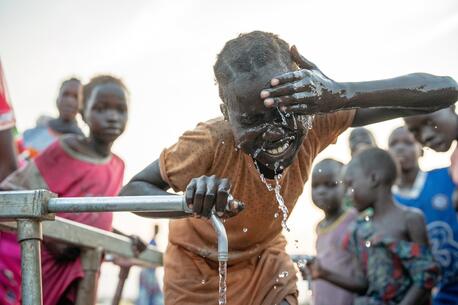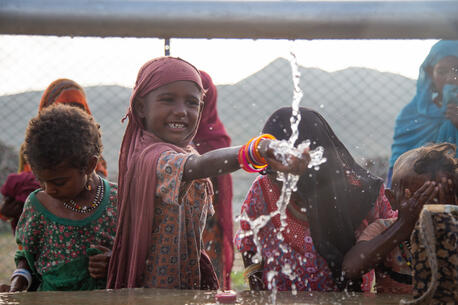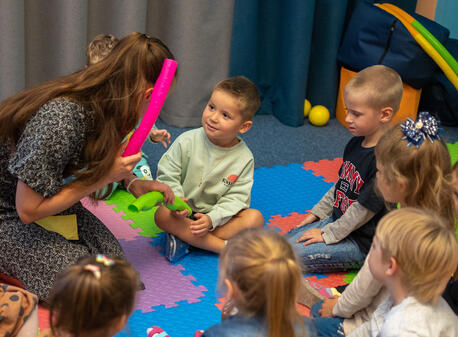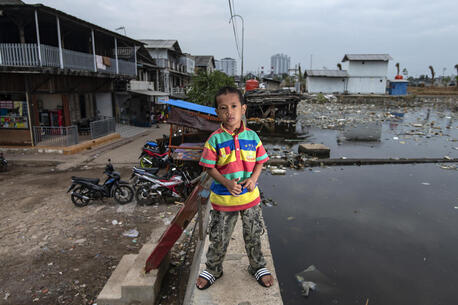
Gearing Up for COP28: UNICEF Reports on How Climate Change Is Making Water Problems Worse for Children — and What To Do About It
Every region of the world faces challenges related to water scarcity, and climate change is only making things worse. In a new report ahead of the upcoming global climate summit, UNICEF details how children are bearing the brunt of this issue — and the need to accelerate investment in climate-smart systems and services.
A deep dive into a key aspect of the climate crisis: water scarcity
A new UNICEF report takes a closer look at one of the gravest climate-related risks for the world’s children today: lack of safe water.
Water scarcity — where safe water is physically unavailable — has dramatically increased as a result of climate change. So has water vulnerability, defined as water scarcity plus poor access to safe drinking water services — a double burden that endangers children's lives.
In “The Climate-Changed Child,” a supplement to UNICEF’s 2021 landmark Children’s Climate Risk Index (CCRI) report, UNICEF provides an analysis of recently released data showing that by 2022, large numbers of children were already living in areas of high or extremely high water vulnerability; that the problem is likely to get much worse; and urgent action is needed to reverse these trends.
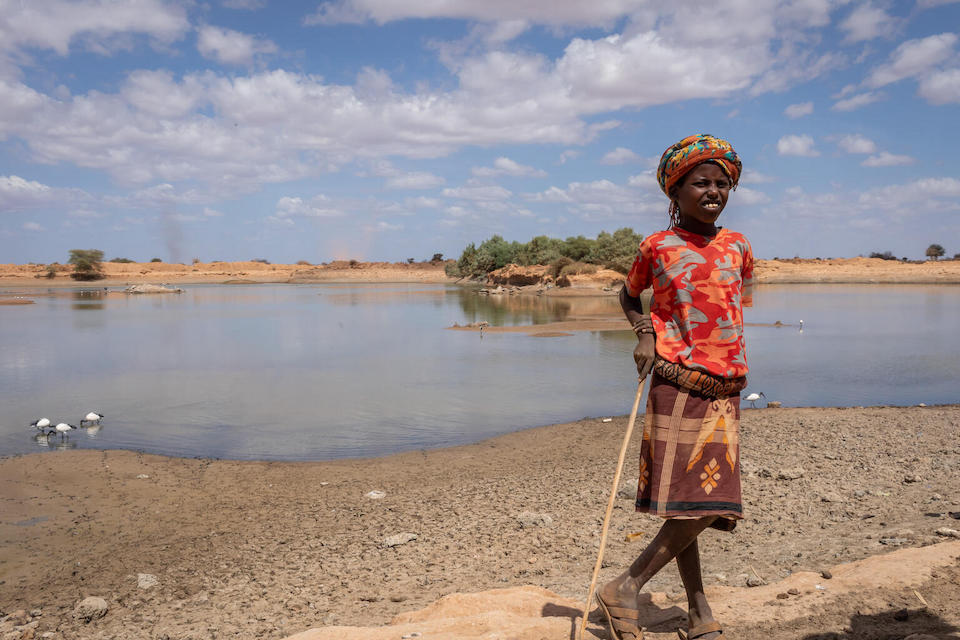
The report also outlines UNICEF's priorities for the upcoming UN climate change summit (COP28) happening Nov. 30–Dec. 12 in Dubai. A key point of concern is that access to safe water, sanitation and hygiene (WASH) services is not improving fast enough as climate impacts and associated threats to children escalate. The report calls for greater investments in safe drinking water and sanitation services as an essential first line of defense.
What water scarcity means for a child
According to the latest data, 1 in 3 children — 739 million globally — face high or extremely high water scarcity, while 436 million children live in areas of high or extremely high water vulnerability. Close to 1 billion children are exposed to high or extremely high water stress, where demand outstrips supply.
There are three main contributing factors behind these numbers:
- droughts that have become more frequent, more severe and longer lasting and are covering wider areas
- variable, unpredictable weather patterns, including rainfall leading to massive, even catastrophic flooding
- shortages of renewable water sources coupled with rising demand
Water scarcity not only threatens agriculture, industry and economic growth, jeopardizing food security and livelihoods; it also makes it more difficult to keep existing drinking water services running and to extend services to those who remain unserved, the report notes.
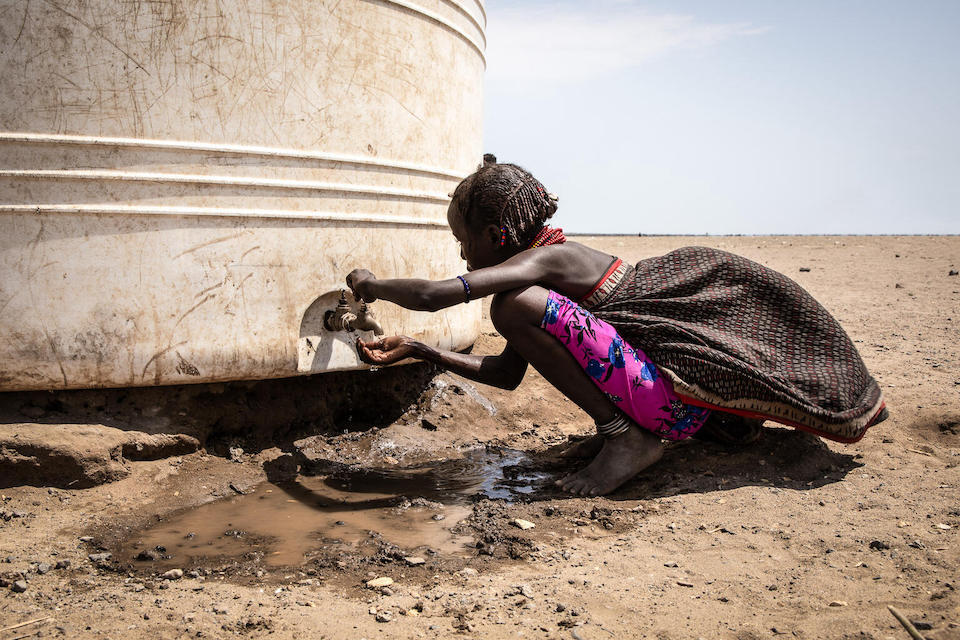
As the report explains, water scarcity affects children’s health, diet and nutrition, education and mental health. It forces migration and causes displacement, which disrupts access to essential services such as health care and education — and puts children at higher risk of becoming separated from their families, increasing risks of exploitation, trafficking, violence and abuse.
Displacement also contributes to conflict as disputes over access to water resources trigger tensions within and between countries and with host communities.
Floods pose their own health risks to children. Beyond the immediate risks of death and injury, floods compromise safe water supplies, increasing the chance of diarrhea outbreaks which can cause dehydration and malnutrition.
Children affected by frequent flooding over time are more likely to be stunted and underweight. Floods also damage sanitation facilities or take place in areas of open defecation, contributing to water contamination.
Some other key data points in the report:
- inadequate WASH services disproportionately affect women and adolescent girls who are unable to meet their personal needs and remain primarily responsible for domestic chores such as cooking, cleaning and caring for children, older people and those with disabilities
- around 1.8 billion people still collect drinking water from supplies located off-premises; and in 7 out of 10 households women and adolescent girls are primarily responsible for water collection
- the majority of children who still lack basic WASH services live in low and middle-income countries in sub-Saharan Africa, Central and Southern Asia and Eastern and South-Eastern Asia; coverage is lowest in the least developed countries and fragile contexts
- progress toward universal access to safe water — an important shared Sustainable Development Goal — is off track in all regions; while basic drinking water services is projected to reach 95 percent of the global population by 2030, 435 million people will still rely on distant, unsafe and unreliable water sources
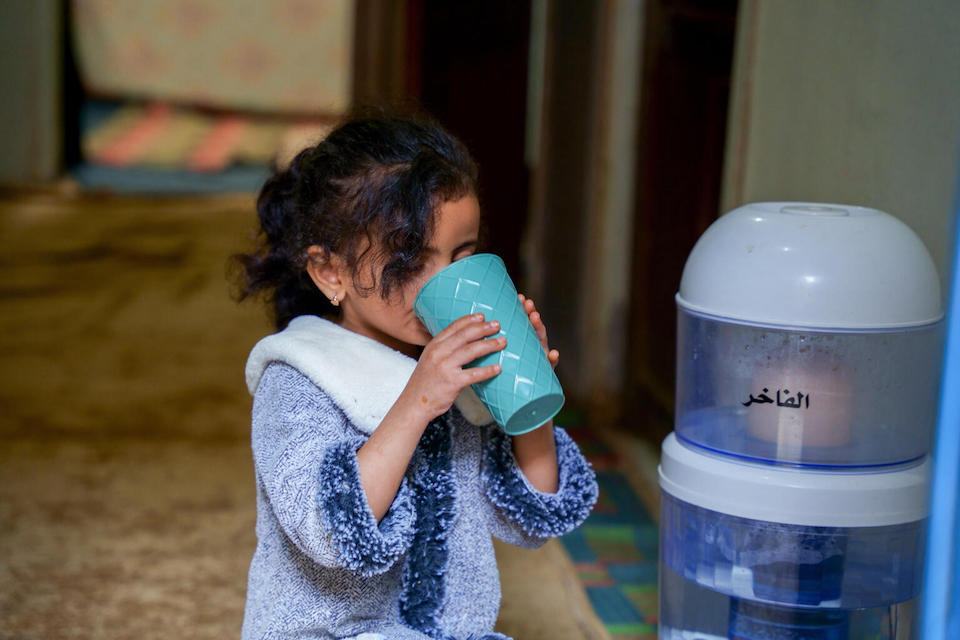
The need to build climate-resilient water and sanitation systems and services
In "The Climate-Changed Child," UNICEF makes the case for greater investments in climate-resilient infrastructure — water systems in particular — as a way to achieve immediate and meaningful impact for children and families in need.
Climate adaptation and resilience planning not only reduces risk to children, UNICEF argues; it also delivers economic benefits.
According to UNICEF’s analysis:
- for every dollar invested in adaptation efforts can result in up to $10 in net economic gains
- with ambitious adaptation action, the number of people in need of humanitarian assistance from climate disasters could drop by 90 percent by 2050
- better access to resilient water, sanitation and hygiene (WASH) services could reduce the climate risk for 415 million children
Case studies included in the report illustrate specific ways UNICEF is already working with partners in some countries to meet urgent WASH-related needs. In Venezuela, for example, UNICEF helped build a solar-powered water treatment plant able to withstand extreme weather events. In Madagascar, UNICEF helped develop an early warning system to monitor groundwater and predict droughts.
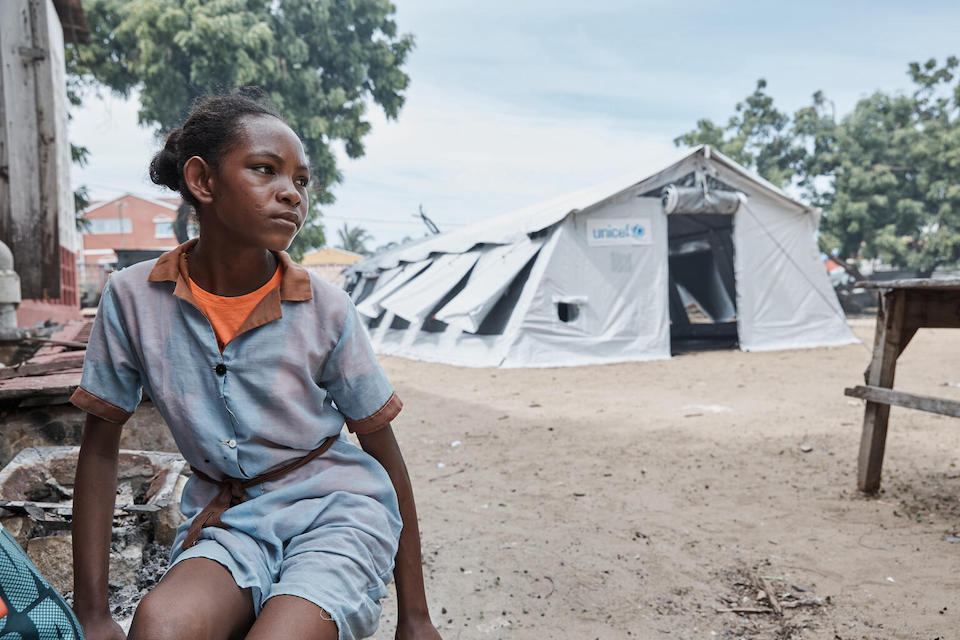
The report concludes with a plea directed at world leaders and the wider international community to put children front and center of the climate response, noting that so far children have been ignored or largely disregarded. Only 2.4 percent of climate finance from key multilateral climate funds supports projects that incorporate child-responsive activities.
"The consequences of climate change are devastating for children,” said UNICEF Executive Director Catherine Russell. “Not only is their world changing – with water sources drying up and terrifying weather events becoming stronger and more frequent – so too is their well-being as climate change affects their mental and physical health.
"Children are demanding change, but their needs are far too often relegated to the sidelines.”
Learn more about UNICEF's plans to elevate the needs of children at COP28. Read the full report.
Learn more about UNICEF's response to the climate crisis. Support UNICEF's work. Donate today.
